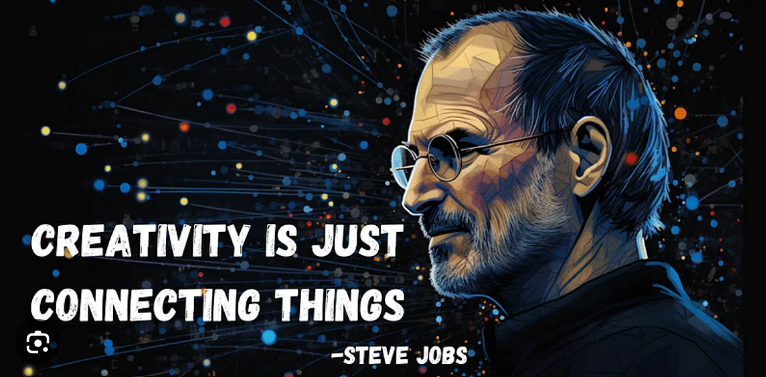How to Take Smart Notes
by Sönke Ahrens
10/4/20233 min read


Embarking on a captivating journey through the enlightening tapestry woven by Sönke Ahrens in "How to Take Smart Notes," I find myself awe-inspired by the profound value it holds. It's a literary masterpiece that unfurls a panorama of 'Aha! moments,' illuminating my intellectual path.
''Watching others reading books and doing nothing other than underlining some sentences or making unsystematic notes that will end up nowhere will soon be a painful sight'' p.148
At its core, this book offers guidance on the art of everyday note-taking. Though seemingly fundamental, its simplicity is where its true power lies. The author imparts wisdom in concise yet impactful messages:
"Read with a pen in your hand."
"Take smart notes."
"Put a number in the corner and collect them in one place: the slip box. (don't forget to add 'on page X it says Y')"
"Make connections between them, and ideas will come by themselves, and your writing will develop from there!"
The elegance of this approach is in its apparent simplicity, concealing the profound transformation it can instigate. For someone like me, who avidly consumes an average of 40 books per year over the last decade, the struggle of retaining knowledge was all too familiar. Despite meticulous note-taking, the passage of time rendered those notes futile, leaving me feeling lost in the vast ocean of information.
But Ahrens' book unveiled a simple yet powerful methodology—the slipbox method. It's more than just jotting down notes; it's about deep thinking, understanding, and generating innovative ideas. Writing these notes is not the primary task; it's the thinking, the reading, the understanding, and the idea formulation that enriches the process.
The essence of the method is profound:
"If you want to learn something for the long run, you have to write it down."
"To truly understand something, you need to translate it into your own words."
Intrigued and inspired, I've set my sights on organizing my knowledge using the slip box method. For my domain of expertise—product management—I've already set up my slip box, ready to house insights, ideas, and musings.
The critical takeaway from this approach is to never passively consume information. Whenever you read something, make notes. Capture what's significant, what you might want to revisit, what sparks your ideas or inspires your thinking.
But the key is in the meticulousness of adding notes to your system. That little extra effort, spending a bit more time, transforms mere information into a goldmine of insights.
A crucial lesson is not just in copying text verbatim but interpreting it in your words, enriching it with your understanding and perspective. This process spawns a cascade of questions, creating an enriching learning experience:
"What does it mean?"
"How does it connect to…?"
"What is the difference between…?"
"What is it similar to…?"
As I navigate this newfound approach, a choice emerges between handwriting and typing. Research reveals that while both aid memory, handwriting often deepens understanding. The act of translating information into your own words sparks a deeper connection and comprehension.
For instance, consider a simple fact: 'The arteries leaving the heart are thicker than the veins entering the heart.' Merely copying this won't etch it into memory. But engaging with the information, asking why and understanding the mechanics behind it, enriches the learning.
Another invaluable insight is about managing our short-term memory, a fleeting space that can easily be cluttered. By externalizing tasks and thoughts, we free up mental space, allowing us to focus on the task at hand, thus enhancing productivity.
In the face of resistance or opposing forces, Ahrens advocates redirection rather than forceful confrontation. A lesson I plan to integrate into my life—finding alternate productive avenues when faced with a block.
In this enriching process, creativity blooms through the art of connection, as Steve Jobs eloquently put it, "Creativity is connecting things."
In conclusion, the profound yet elegantly simple methodology illuminated in "How to Take Smart Notes" has breathed new life into my reading and note-taking habits. I look forward to shaping my future work using the wisdom of this approach and eagerly await the day I publish my first product management book, a testament to the power of thoughtful note-taking and innovative connection.
